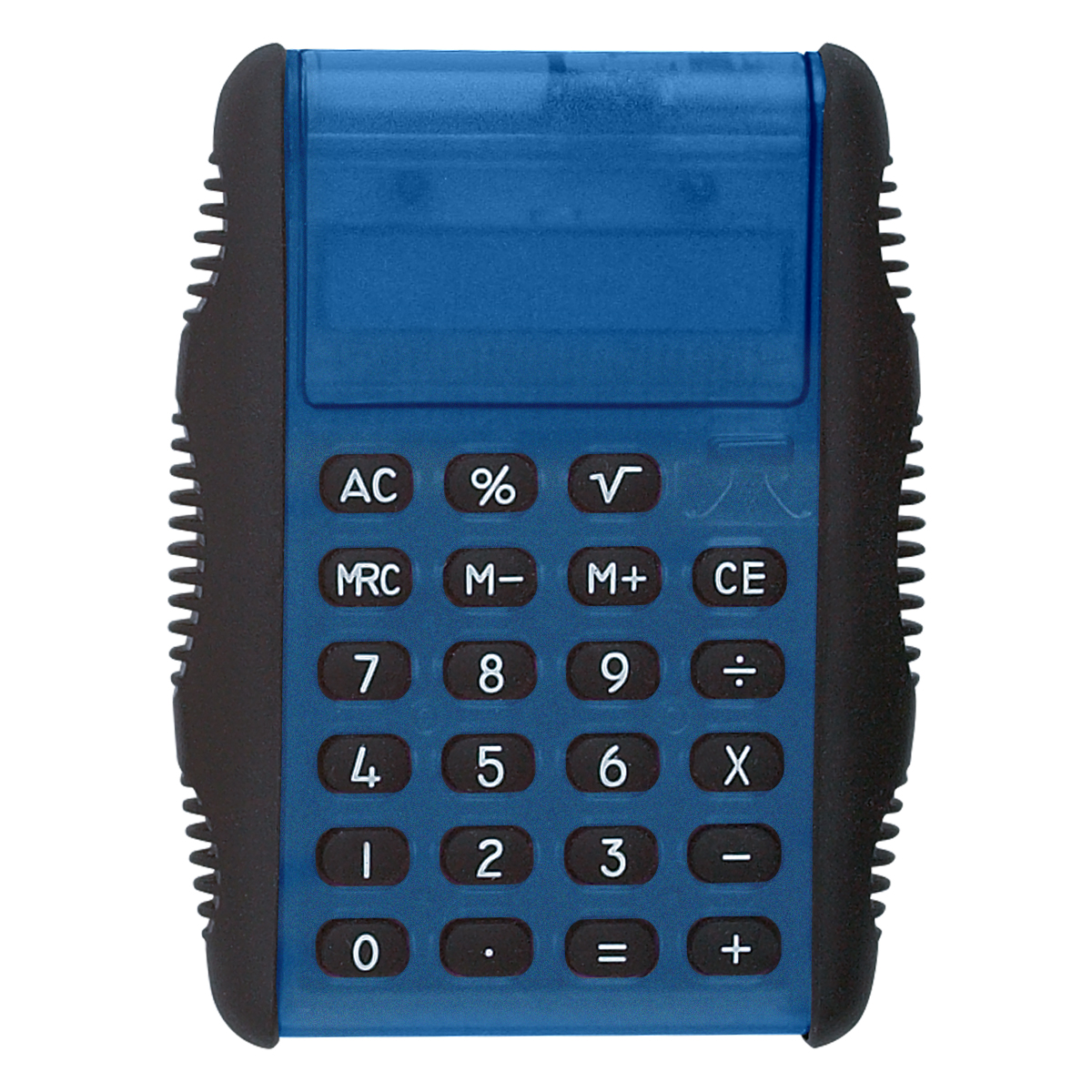
If you remember from my post about sample spaces, the probability of the entire sample space is equal to 1 because, with complete certainty, at least one of the possible outcomes will occur. Each outcome has a particular probability. The sample space of a random process is the set of these possible outcomes. An example is rolling a six-sided die, where the 6 possible outcomes are the numbers 1 through 6. Imagine you have a random process with multiple possible outcomes. Probability distributionsįor a deeper introduction to probability distributions, check out my post dedicated to this topic.
Coin flip calculator code#
Update: Besides MATLAB, the code is now also available in Python and Excel. But before I do that, I’m going to introduce the concept of probability distributions which is going to be helpful along the way. In the actual simulation, I’m going to use Bayes’ theorem to recalculate the estimate of a coin’s bias after every flip. You don’t need to be into programming to be able to follow the rest of the post, however. I’m not going to discuss any of the code here but if you’re into programming you can download it and run your own simulations. Instead of flipping a real coin and reporting its outcomes, I’m going to simulate coin flips with the programming language MATLAB. It isn’t concerned with any of the physics behind individual flips. The method relies only on empirical data collected by flipping the coin multiple times. In this post I’m going to show a way of estimating the bias of a coin using Bayes’ theorem. You can apply analogous methods to all sorts of problems that you do care about.

However, thinking about the process of estimating a coin’s bias is very useful in itself. And you don’t care if any coin is biased or not. Okay, maybe you don’t ever intend to gamble with coins. This is 100 more than the expected number of a perfectly unbiased coin. For example, if a coin comes up heads with probability 0.51 (instead of 0.5), after 10000 flips the expected number of heads is going to be 5100. However, if you decided to gamble on coin flips, you can be sure it will have a dramatic effect on your long-term wins when the number of flips grows significantly. Whether this kind of a bias is a problem in the real world is a separate question.
Coin flip calculator pdf#
Here’s an excerpt from their abstract (you can find the original pdf here ): In their SIREV paper, authors Persi Diaconis, Susan Holmes, and Richard Montgomery analyze the math and physics behind the process of coin flipping. In fact, the coin flipping process itself can slightly skew even an ideal coin’s outcomes. This biases the coin away from the ideal 50/50 ratio of heads and tails. One side is always slightly heavier or bumpier than the other. Have you ever bothered to check if heads and tails are really equally likely outcomes for the coins you flip? Actually, no real coin is truly fair in that sense.

The coin is an unbiased agent because the two possible outcomes of the flip (heads and tails) are equally likely to occur.īut think about it. They choose the coin to be the unbiased agent that decides whose way things are going to go. Why do people flip coins to resolve disputes? It usually happens when neither of two sides wants to compromise with the other about a particular decision.


 0 kommentar(er)
0 kommentar(er)
